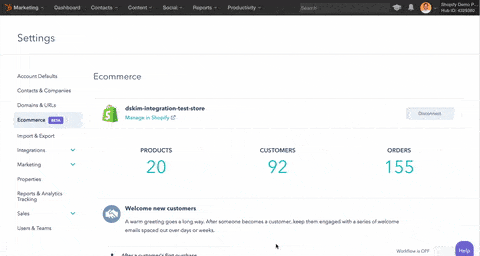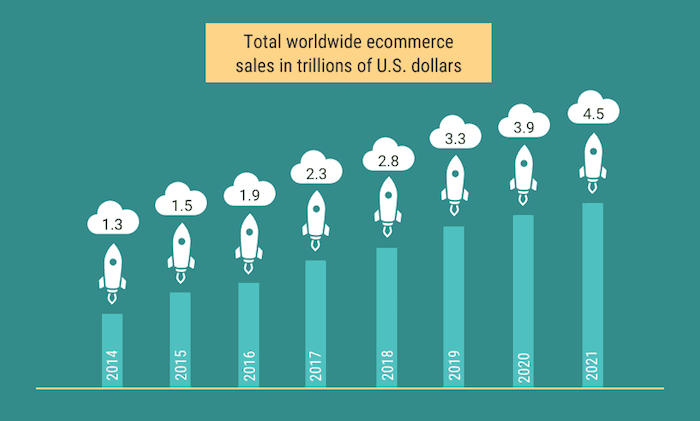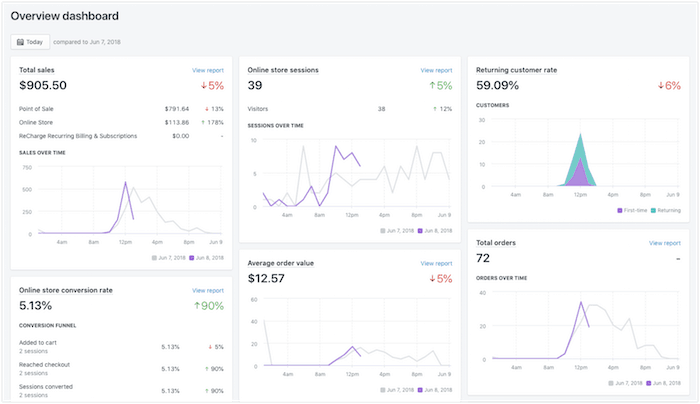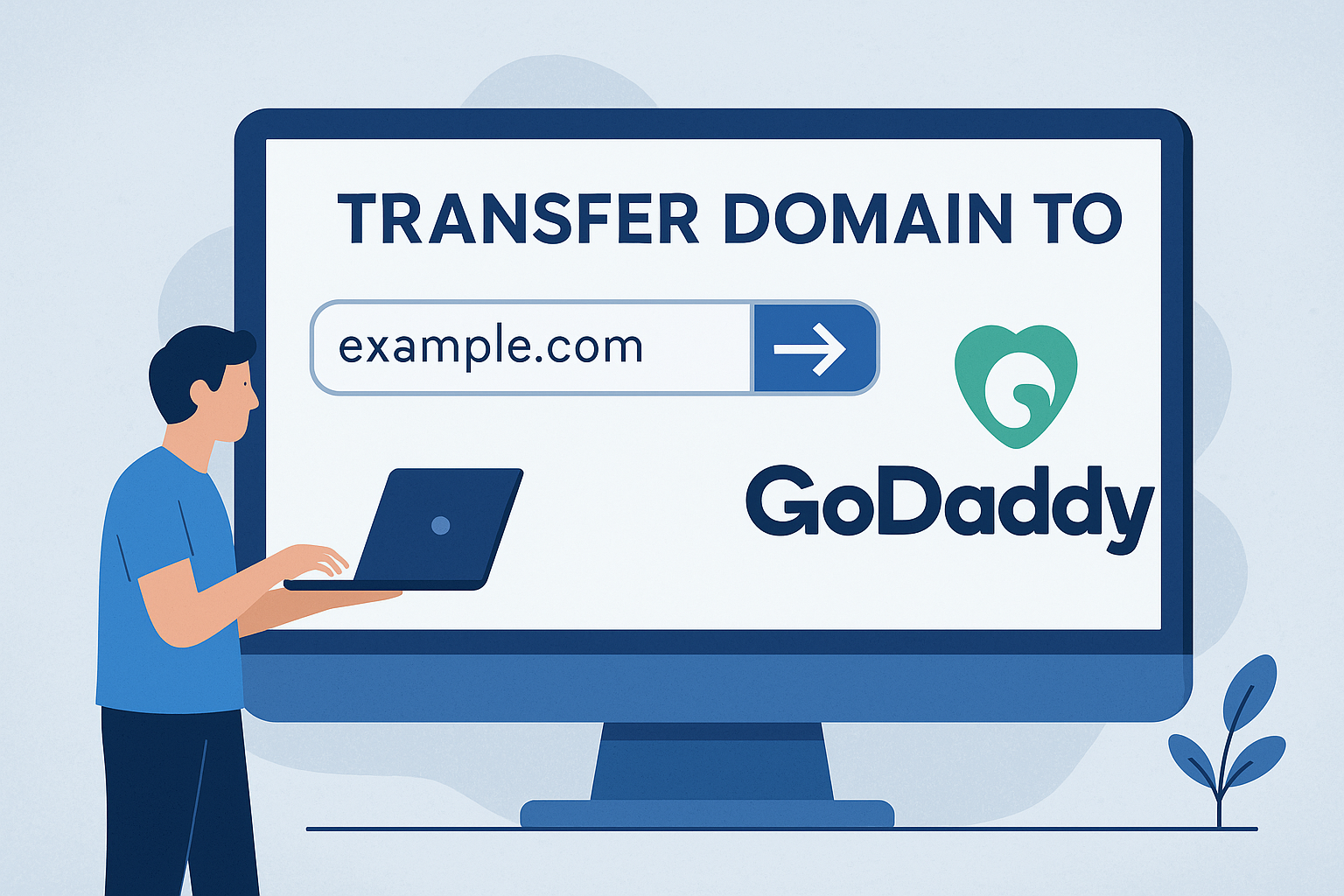Advertising disclosure
Hosting Canada is community-supported. We may earn a commission when you make a purchase through one of our links. Read Disclosure.
Shopify vs. WooCommerce (2026)
 Shopify and WooCommerce are both powerful eCommerce platforms that allow you to process transactions from your website using their system.
Shopify and WooCommerce are both powerful eCommerce platforms that allow you to process transactions from your website using their system.
Despite serving the same purpose, both platforms differ quite a lot in how they help users build their own online store.
They’re kind of like turtles and tortoises.
Most people will look at a turtle and a tortoise next to each other and just assume they’re the same animal. While they do have a lot of similarities, they are not the same animal.
Yes, they’re both reptiles - but besides being aesthetically similar, turtles and tortoises have huge differences. One difference is that turtles live in water and tortoises live on land.
Shopify and WooCommerce are kind of like turtles and tortoises - they are both eCommerce solutions and have a lot of similarities. Shopify is an all-in-one eCommerce solution and WooCommerce is a comprehensive eCommerce plugin on WordPress.
Ok sorry for my rough analogy. Let’s look at their technical differences.
TLDR;
Most people should use Shopify. It provides the best value for the cost and makes everything extraordinarily easy for beginners. Shopify was created for the beginner eCommerce store owner. With that being said, it is also amazing for massive stores and enterprises. Scaling is not an issue with Shopify. Read our full Shopify review here.
For everyone that loves WordPress, WooCommerce is a great option. If money, skill, and time is not an issue and you want complete control over every aspect of your store, WooCommerce can be a great option for you.
If you’ve never had experience with websites, then use Shopify.
The Competitors
 Shopify is our most recommended eCommerce solution.
Shopify is our most recommended eCommerce solution.
The reason for this is that it offers almost everything an aspiring entrepreneur could want to sell products online.
The features combined with the ease-of-use functionality cements Shopify as the best option for an all-in-one eCommerce platform.
The other category that competes with all-in-one eCommerce platforms are options that require expertise, coding, and have a steep learning curve. WooCommerce occupies this space as it is used on WordPress.
There are two categories of eCommerce solutions:
- ☑️ The easy to use options - they make doing everything having to do with eCommerce a breeze.
☑️ I need a web developer or I need to be a web developer.
Shopify falls under the “easy to use” option and is the best eCommerce platform in that category. WooCommerce falls under the “web developer needed” category and is considered the best option in that category.
WooCommerce is awesome and you don’t technically need to be a developer to use it. However, if you don’t have intimate knowledge of how WordPress works and you don’t know how to code, expect the learning curve on WooCommerce to be steep.
Shopify presents a small learning curve but it is extremely easy to use once you get the hang of it. The thing is, at a certain point of customization, you might need to code or use a developer on Shopify as well. The difference is all the built-in eCommerce functionality that Shopify offers right away.

WooCommerce offers a lot of similar functionality but it isn’t quite as powerful as Shopify. That being said, on WordPress, there are more apps to choose from to augment your experience than what Shopify has.
When it comes to SEO, WooCommerce also defeats Shopify pretty handily. If your marketing goal is SEO to the extreme then the only option that for you is using WordPress with WooCommerce.
Similarities
Shopify and WooCommerce both enable you to sell whatever you feel like selling online. Besides that, they’re pretty different. There are a few similarities to focus on.
Similar Aspects of WooCommerce and Shopify
- Selling - It’s hard to deviate from the way an eCommerce platform allows you to sell products. However, some eCommerce solutions do hinder your options. Shopify and WooCommerce don’t.

Both options allow you to sell physical products, digital products, hybrid products, and any type of service.
- Mobile Friendly - It is likely that seven out of 10 of your clients are going to view your e-commerce store using a mobile device. Unfortunately, a lot of platforms are built for use on desktops.
Here are two fun eCommerce website statistics for you:
- ☑️ Poor mobile design alone is enough for 57% of internet users not to recommend your business to their peers.
☑️ Almost 80% of consumers will stop engaging with your website if the mobile website displays inconveniently.
Both Shopify and WooCommerce prioritize mobile optimization and provide mobile versions of websites as the desktop version is being built.
- Unlimited Number of Products - There are a few eCommerce services out there that charge you based on how many products you have. One popular option is BigCartel. Shopify and WooCommerce don’t participate in this practice and allow you to have as many products as you want.
- Coupons and Discounts - Rather than treating discount codes as ultra-premium features like other eCommerce options (weird choice), both of the services here offer the option to offer discounts to customers.
Right around 93% of shoppers use a coupon or discount code throughout the year. Offering discounts to customers is a great way to boost sales, especially with previous buyers.
- Reports - Both Shopify and WooCommerce offer awesome reports that help point out trends within your selling patterns. Seeing valuable information such as repeat customer rate, total online store visits, and average order value can help you make more informed decisions.

- Adjustable Shipping and Taxes - Being able to adjust shipping and taxes helps your customers. Offering a flat tax and shipping rate doesn’t make sense for your whole customer base.
How to Use Shopify and WooCommerce
Actually implementing a website on both platforms works relatively similarly. Both options use themes and a lot of the time different themes will work on Shopify and WordPress.
 The way building functionality works is directly centered around how the theme chosen to use is set up. Some themes allow drag-and-drop functionality while others require you to use back-end building software.
The way building functionality works is directly centered around how the theme chosen to use is set up. Some themes allow drag-and-drop functionality while others require you to use back-end building software.
Some are even barer and require a lot of coding.
Certain theme creators make a WordPress version and a Shopify version of their themes. One such example of this is Out of the Sandbox.
Both options also present the ability to use third-party apps to create different aspects of a store as well. WordPress offers a higher number of apps and plugins but Shopify’s number in the thousands as well.
Benefits of Shopify
While you can’t customize every aspect of your website, you can get pretty close. Hosting will be done on Shopify but honestly, this is a good thing. They have a huge network of servers and the uptimes and load times on the hosting end consistently provide amazing benchmarks.
The main benefit of Shopify is that everything you would need for eCommerce is right in front of you. The learning curve isn’t very big on the platform. In the rare cases where you can’t accomplish something, there are a bunch of apps to choose from. Never before has it been so easy to have an eCommerce store.
Customizing your store is also very possible. There are a bunch of themes to choose from on Shopify but you can also choose from an endless supply of third-party themes as well.
Shopify also has a huge network of experts that can help you with every aspect of your website. Employees that run their customer support are knowledgeable and they have a massive community on their forums. Another benefit is the knowledge base, which has in-depth tutorials and answers to FAQs.
Benefits of WooCommerce
The main benefit of WooCommerce is that you can do whatever you want. While that does come with drawbacks, mainly in the difficulty category, it still is a huge bonus.
SEO is a large benefit of using WooCommerce and WordPress, more information about that will be in the next section.
WooCommerce is technically a plugin. It was built to be super light-weight and just do the bare minimum. You can add features as you go - through WooCommerce or through other third-party plugins.
What you get is the ability to customize every aspect of your website. There is a learning curve with everything on WordPress as it can be relatively foreign to a new user. One of the benefits is that you will learn a lot about hosting, coding, and design.
WooCommerce also has a ticket-based support network that can answer any questions you might have. The real support will be in the massive community that WordPress and WooCommerce have cultivated over the years.
SEO and Blogging
Nothing beats the SEO capabilities of WordPress. WooCommerce knows this and capitalized on it by making it so integrating your blog with your products as easy as possible.
 Shopify is no slouch when it comes to SEO but it can’t really touch the SEO possibilities that WordPress provides. There are nice tools on Shopify but WordPress was built for blogging and SEO.
Shopify is no slouch when it comes to SEO but it can’t really touch the SEO possibilities that WordPress provides. There are nice tools on Shopify but WordPress was built for blogging and SEO.
The tools on WordPress are available in some form on Shopify but the SEO possibilities don’t permeate through Shopify as it does on WordPress.
The limitations that Shopify presents are not present on WordPress.
Shopify SEO cons:
- Strings in URLs - Added words in URLs make having simple silos and easy to navigate sitemaps difficult. Search engines like less complexity when it comes to URL strings.
- Not as many content possibilities - On WordPress, you can create pages about anything super easily. Shopify has barriers to this but using a high-end theme does make this much easier.
- Locked SEO features - There are a handful of activities that can’t be done which would increase SEO viability on Shopify. The biggest offense is not being able to edit the sitemap. Organizational structure is key for SEO and the ability to edit the sitemap can be the difference between Google liking your site or disliking your site. Shopify also won’t allow you to edit the robots.txt file which will make it so you can’t tell Google not to visit a certain page.
This is us trying to access Robots.txt files on Shopify
On WordPress, there are no such limitations. Edit anything to your heart’s content. When taking a deep dive into SEO it is imperative not to be hamstrung. Testing and more testing is the key to good SEO and if some options are off the table it can definitely hurt your ability to test certain aspects of SEO.
Pricing
The pricing for Shopify and WooCommerce work rather differently from each other. WooCommerce is completely open source and the software itself is free. Shopify has a tiered plan system with monthly recurring costs.
WordPress is free. WooCommerce is free. So, what costs money? First off, you have to pay for hosting if you go this route. Hosting needs to be able to scale with your store so if you’re looking to have a lot of customers, hosting can be pricey.
In the beginning, hosting will be relatively cheap as you can use various hosting services that cost under $10. See our list of the best cheap hosts for Canadians.
When using WooCommerce, there is almost no chance that you won’t need to pay for a plugin or app. A lot of them are free but the truly useful ones cost money on a monthly basis.
Other costs that need to be factored in are all of the costs associated with hiring a developer. A WooCommerce website can be free at the most basic level. When you need to get advanced, costs to pile up and you could be spending thousands.
Shopify’s costs are a little more transparent up front.
Each tier of pricing includes unlimited products, 24/7 support, the ability to sell in other sales channels, manual order creation, discount codes, SSL certificate, abandoned cart recovery, Shopify payments with fraud analysis, POS app, physical hardware, and robust app selection.
Other costs involved on Shopify are paid apps, paid themes, and domain purchase. There are a large number of apps that are worth the cost as well as useful and beautiful premium themes that can truly elevate your store.
The great thing about Shopify is to have a fully functional store with some of the best features on the market it will only cost you $29 per month. As you scale up your store you can scale up expenses. Shopify also includes a custom enterprise level which allows more customizability for massive stores.
Final Thoughts
Utilizing WooCommerce on WordPress can be extremely powerful, no one can say otherwise. If you have coding knowledge or money to pay a developer, WooCommerce is a great option if you’re set on using WordPress. Just keep in mind that more issues will arise with using WooCommerce and WordPress rather than Shopify.
At the end of the day, it's all about how you want to solve your problem. Foresight is key to the right answer. Do you see yourself implementing massive, year-long marketing campaigns?
If you do, then you might need to sacrifice some more time and resources as you build your store up for the benefit of having unlimited SEO potential in the future. Are you, however, thinking of releasing products as soon as possible in the attempt to limit opportunity cost? Then you might want to consider going with Shopify.
Whatever the case may be, both solutions are true powerhouses. Just pick the right one for you and you'll soon be breaking the bank with all the sales coming in.












